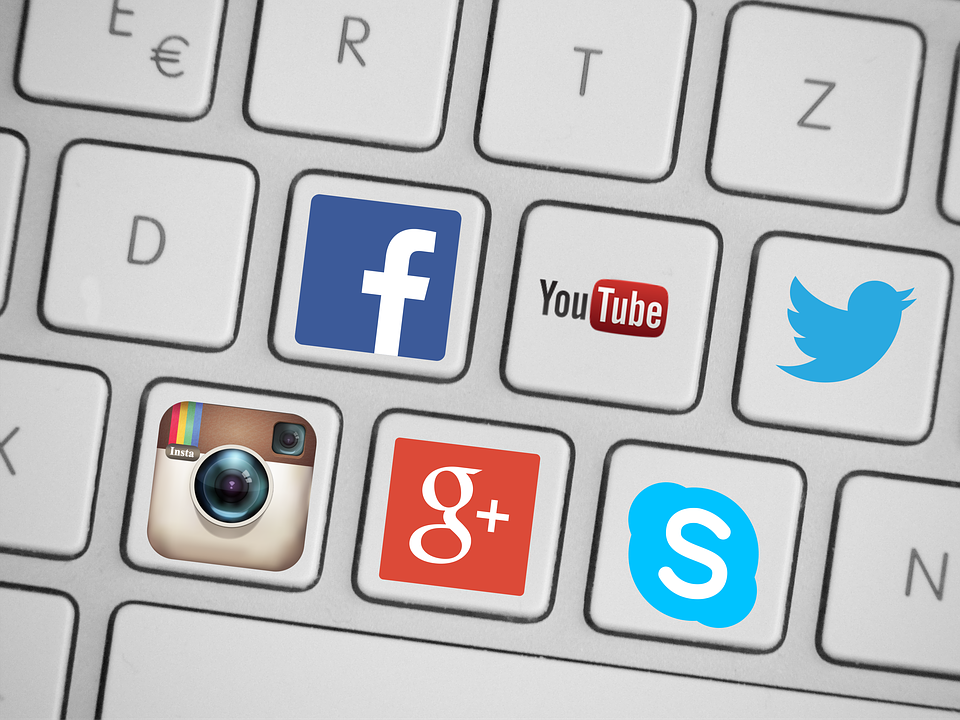In the past few weeks, media companies have joined the likes of Google, Yahoo, and Apple in the sports rights deal making. In the past, we have seen Google with affiliated with Sunday Night Football, Yahoo with its NFL streaming deals, and Apple boasting of getting a national baseball package.
Recently, the demand for sports contracts has shifted to digital media companies, making league executives predict the hike in right’s fees in the coming media negotiations. These increased prices are attributed to the growing competition.
Is it a good move? We have yet to find out. Following the recent digital rights deals where Twitter had an agreement with the National Lacrosse League, Turners’ deal with UEFA Champions League and Facebook’s one-year deal with the Word Surf League, Univision and MLS bring much enthusiasm to the league executives.
These recent deals show that digital media companies are much more engaged than before and it will be interesting to see how these deals will evolve in nature and size.
League executives have applauded the digital medias move of not agreeing to pay for content. They handled the change carefully by not overestimating. It’s funny to think major and smaller leagues can be compared such as the World Surf League and the NFL thanks to the digital media.
The arrangements seem to mark the beginning of a particular trend that could foreshadow the future. If UEFA Champions League bidding (where Turner Sport will spend over $60 million per year) is what to go by, then the right’s fees environment will be under transformation with digital rights as well.
Furthermore, ESPNs programming team’s move to help BAMTech develop a bid shows how digital media will be making bids for bigger properties by the 2020s.
Twitter has more major deals including PGA Tour, the NHL, and MLB, while Facebook has emphasized on Live Video cutting deals smaller leagues such as NBA D-League and the Atlantic 10 basketball.
Facebook and Twitter’s deals with the World Surf League and NLL are perceived as tests for their workability concerning cost and the audience acceptance. As much as the affiliations seem like trials for most digital medias, it could be a positive move since they provide bigger audiences graced by the younger viewership – the type of audience that is the primary target of advertisers.
Some have the belief that digital media doesn’t have enough bandwidth to accommodate more than 15 million viewers; however there are rapid changes in the works as seen with Twitter’s NFL Thursday Night Football video. They’re working on their bandwidth and developing applications that will give fans a better user experience.
 (979) 488-5500
(979) 488-5500
